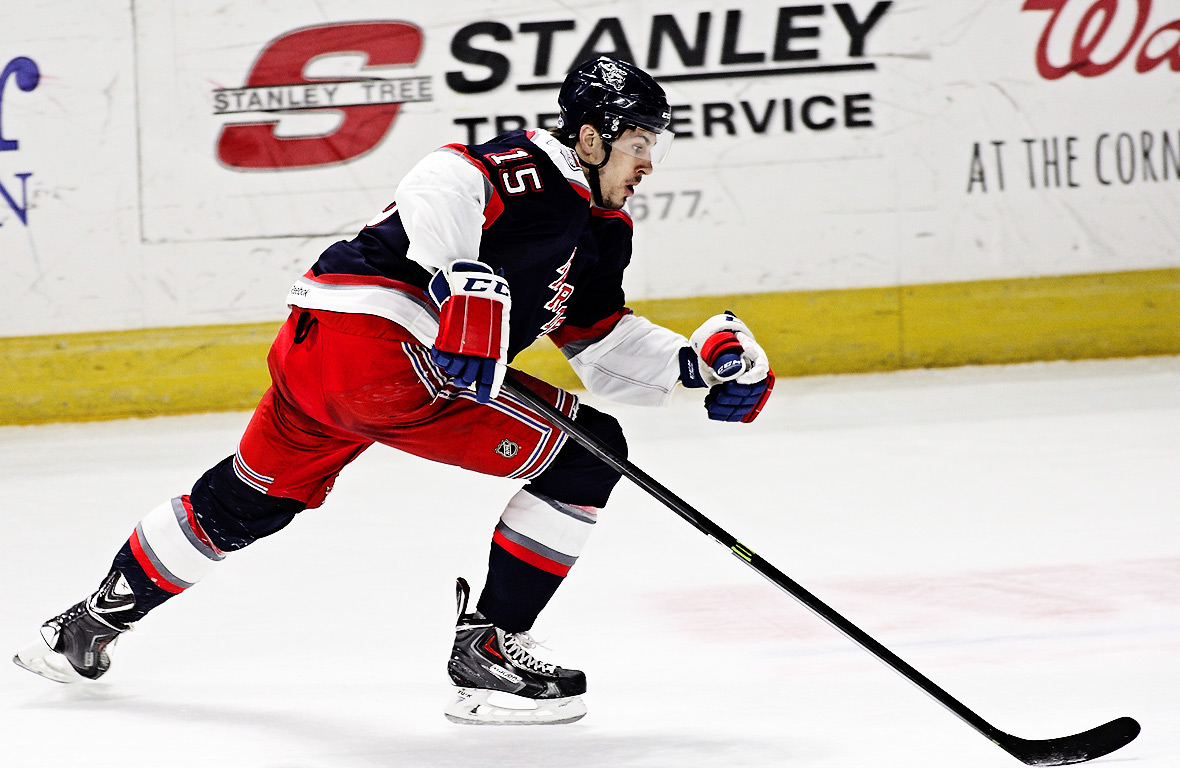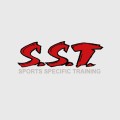Question: My 14 year old son is a good hockey player, but as he is getting older, his skating strides are becoming short. Why would this be? And how can he improve his stride?

Answer: This is a good question. I have been around the rinks for about 20 years now, and that is something I notice a lot of in young hockey players. A short skating stride can come from a number of things.
First thing, take notes: What is the position of his upper body? Which way does he shoot? What does he do for warm up?
For Example:
If his upper body is bent over = tight hip flexors
If he shoots left = Tight right Hip (must be balanced) (and vice versa for a right shooter)
Warm up is Crucial for effective stride length so make sure you are including an effective dynamic warm-up before you get on the ice.
If you are still having issues with stride length look to tackle to following through myofacial release, proper stretching, and off-ice training:
- Tight Hip Flexors– Comes from too much skating, riding the bicycle (amazes me how many pros I see still riding the bike after games!), not enough stretching, computers and TV etc. Look for warm-up exercises that extends the hip and lengthens the leg.
- Tight Hamstrings: same as above.
- Weak Glute Muscles: Glute Med, Glute Max, Piriformis muscles which extend and abduct the hip. These muscles are neglected off the ice. If these muscles are not strong, power can not be generated to get a full stride. Weak glutes often cause the common hockey groin injury as a direct result of the groin being overworked.
- Tight IT Band – Abducts the hip. Tightness in the IT band causes knee tracking problems causing Patella Femoral syndrome. Use myofacial release to help reduce tightness.
- Tight/Weak Adductors: Commonly neglected. Athletes tend to stretch this muscle a lot, however neglect to strengthen them. This affects the recovery phase of the skating stride. Due to the imbalances of the Glutes the groin is an overworked muscle.
- Upper Body Posture: Tight anterior muscles can affect the stride length as well. When a player strides, the opposite arm cocks back as well. Being tight can cause the leg not to extend to its full potential. Most hockey players are tight in the Anterior Upper Body (chest region).
- Weak Core Muscles: Especially Back Extensors. Weak low back causes a hunched position which decreases stride length. SST has found that strengthening the Lower Back will increase stride length.
These weak areas can be improved by:
- Stretching the hip flexors and hamstrings, strengthening the glute muscles, strengthening the adductor muscles.
- A mixture of dynamic stretching, static stretching, foam roll self myofacial release.
- A proper warm up before training, practice and games is also very important.
EXERCISES PERFORMED AT SST
Split Squats, Lunges, Walking Lunges and other forms of Lunges, Glute Ham Raise, Reverse Hyper Extension, Deadlifts and all variations, Resisted Hip Adduction, Y,T,W,L Shoulder Circuit, Back Extension and a variety of speed, agility, quickness and power exercises.
A player with a long fluent skating stride will be more effective and efficient during a game. He/she will not use as much energy, will be stronger on his/her feet, and will be less likely to become injured.
To recap: Stretch hip flexors, IT band and chest muscles. Strengthen glutes, adductors, back extensors and upper back. SST recommends doing this 3 x a week and watching the difference in your stride and your game.
For more great articles and videos please visit www.sstcanada.com

